PUBLIC LAW 92-195-DEC. 15, 1971 649
Public Law 92-195
It is the policy of Congress that wild free-roaming horses and burros shall be protected from capture, branding, harassment, or death; and to accomplish this they are to be considered in the area where presently found, as an integral part of the natural system of the public lands.
Per information from a FOIA request it was discovered that in 1973 W. R. Fallis who was the Assistant Regional Forester, U.S. Forest Service Region 3 requested Inventory Procedures from the Dept of the Interior (BLM) to assist the Forest Service in determining where wild horses were in order to properly designate Wild Horse Territories.
Inventory Procedures:
The Department of the Interior responded with their Inventory Procedures which included the following and much, much more.
Establishment
“It is essential that the maximum geographic limit of the herd be defined”
The use of maps and aerial photos of the inventory area. Collecting data on the ground through the use of the grid technique. Photographs should be taken. It stressed the importance of data. The procedure stated that the “inventory may continue for a period of several years or until an accurate picture of seasonal distribution, territorial limit and forage habits is determined.”
These BLM Inventory Procedures were then sent by Assistant Regional Forester Fallis to Region 3 Forest Supervisors.
But did the Forest Service follow any of the recommendations in order to determine the Heber Wild Horse Territory (HWHT)?
FOIA requests have asked how the Forest Service determined how the 19,700 acres out of the entire Sitgreaves National Forests came to be designated as the Heber Wild Horse Territory. None of the FOIA request responses indicated the Inventory Procedures were followed. There were no photos, no maps indicating where a survey had been done, no survey grids, no data returned in the FOIA responses. In fact, it doesn’t appear there were any procedures for making that determination. Instead the HWHT appears to have been based on the words of a rancher/FS employee who stated there were 7 horses in the forest. With over 800,000 acres and no indication of any wild horse survey, the arbitrary and capricious designation of just under 20,000 acres was made by the Forest Service. The Forest Service is still set on binding the wild horses to those limits. Just lines on a map of a small area that is sliced up with cattle pasture fences and natural terrain.
Post photo is of some of today's Heber wild horses...a herd in peril.
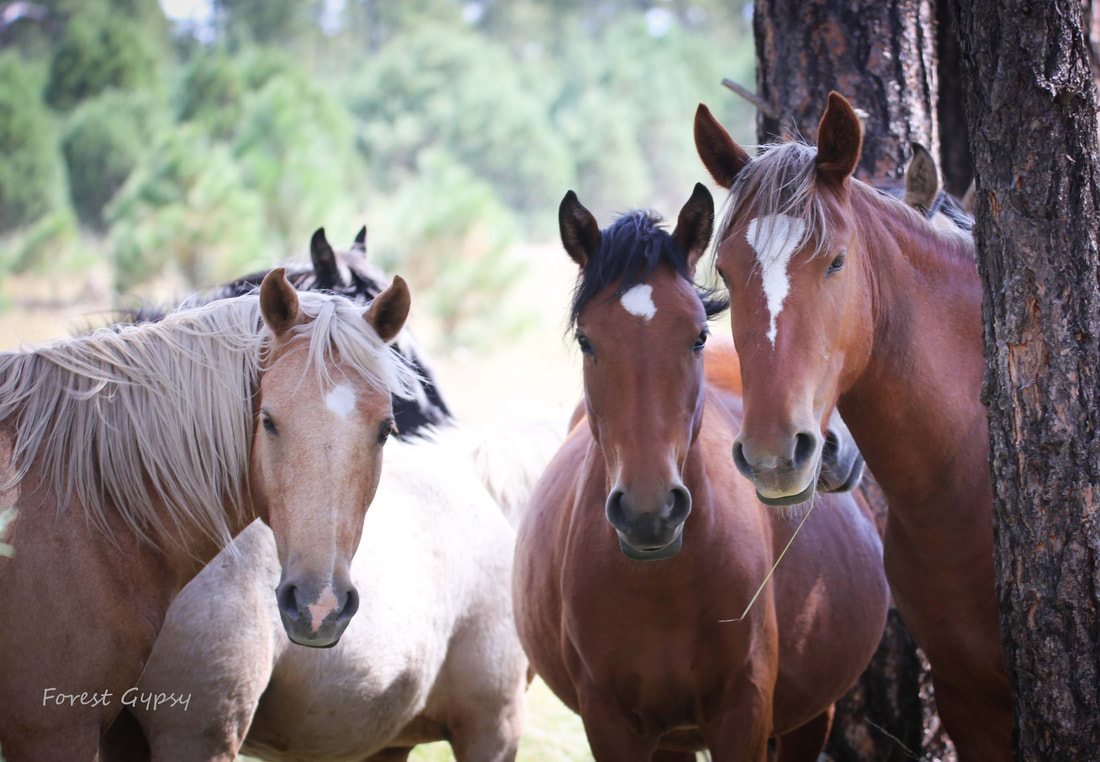
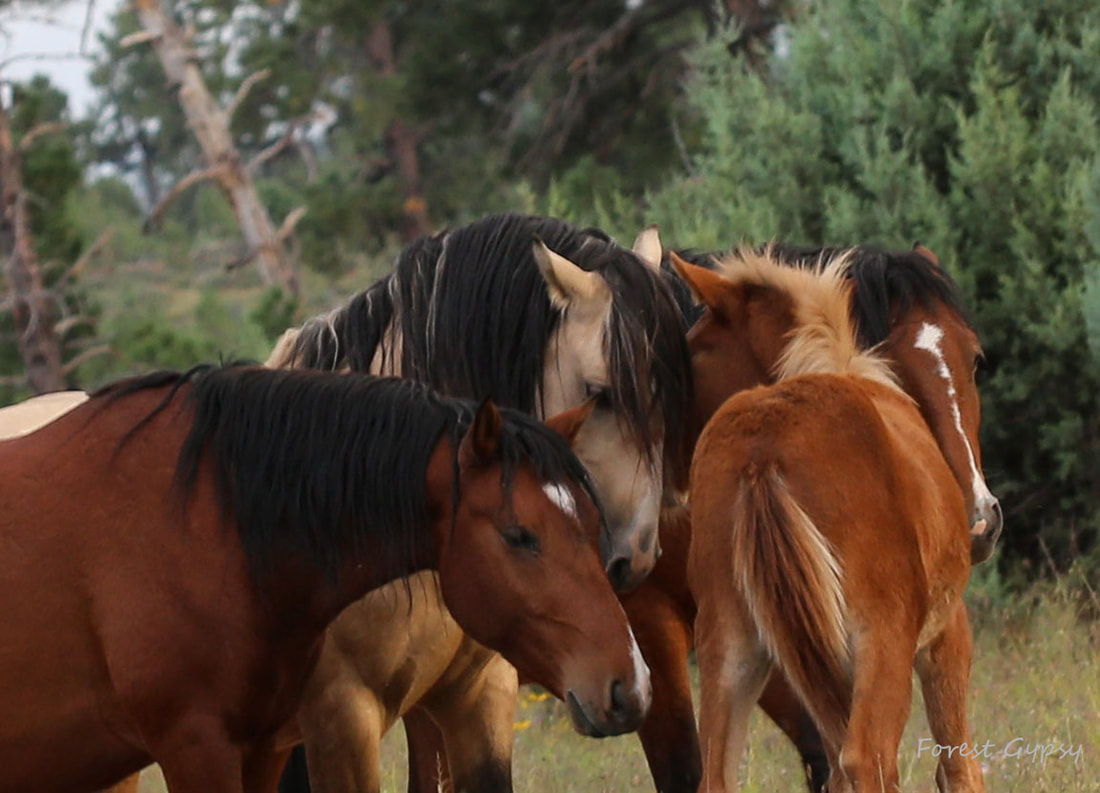
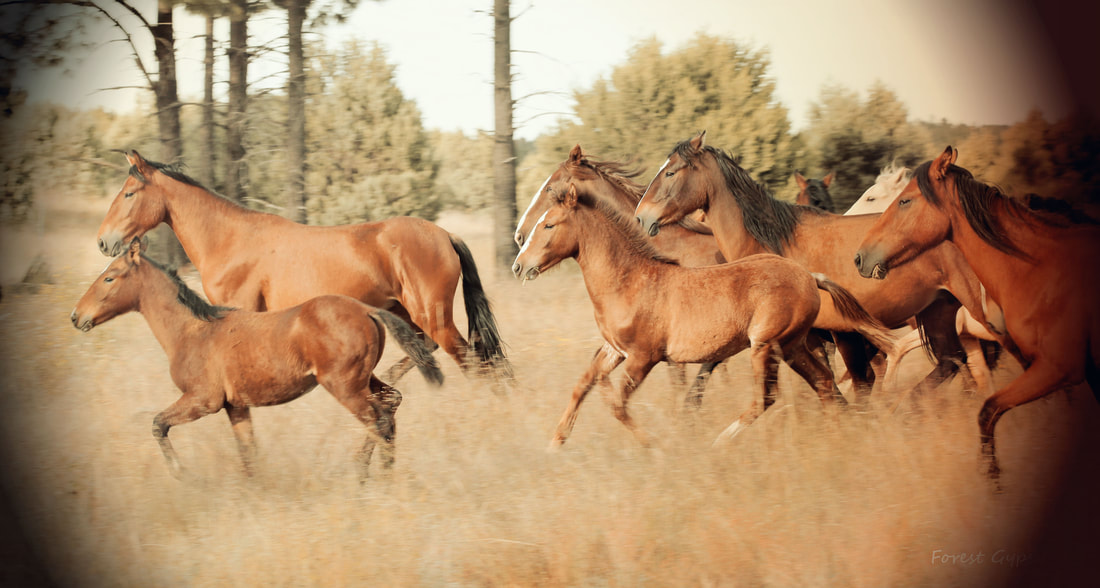
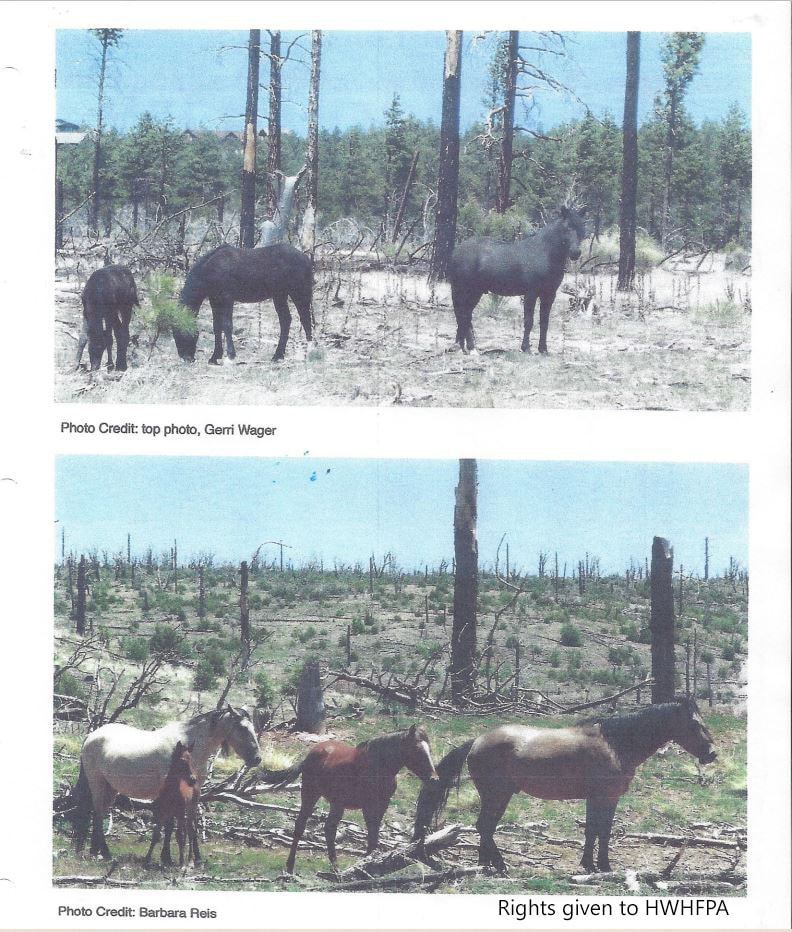
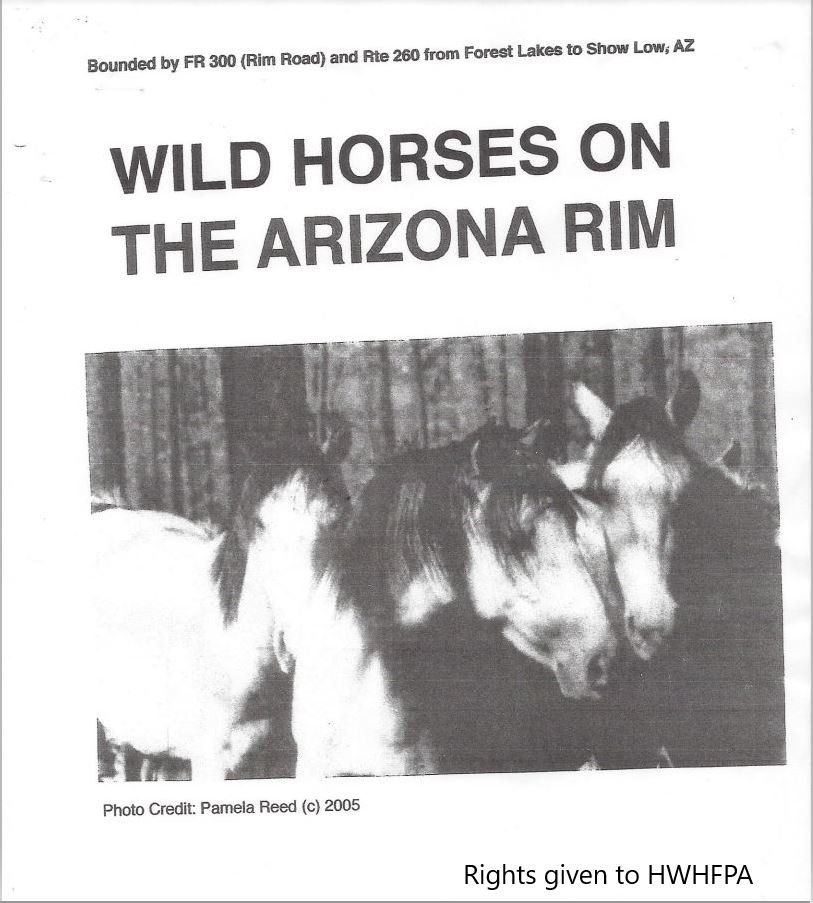

 RSS Feed
RSS Feed
